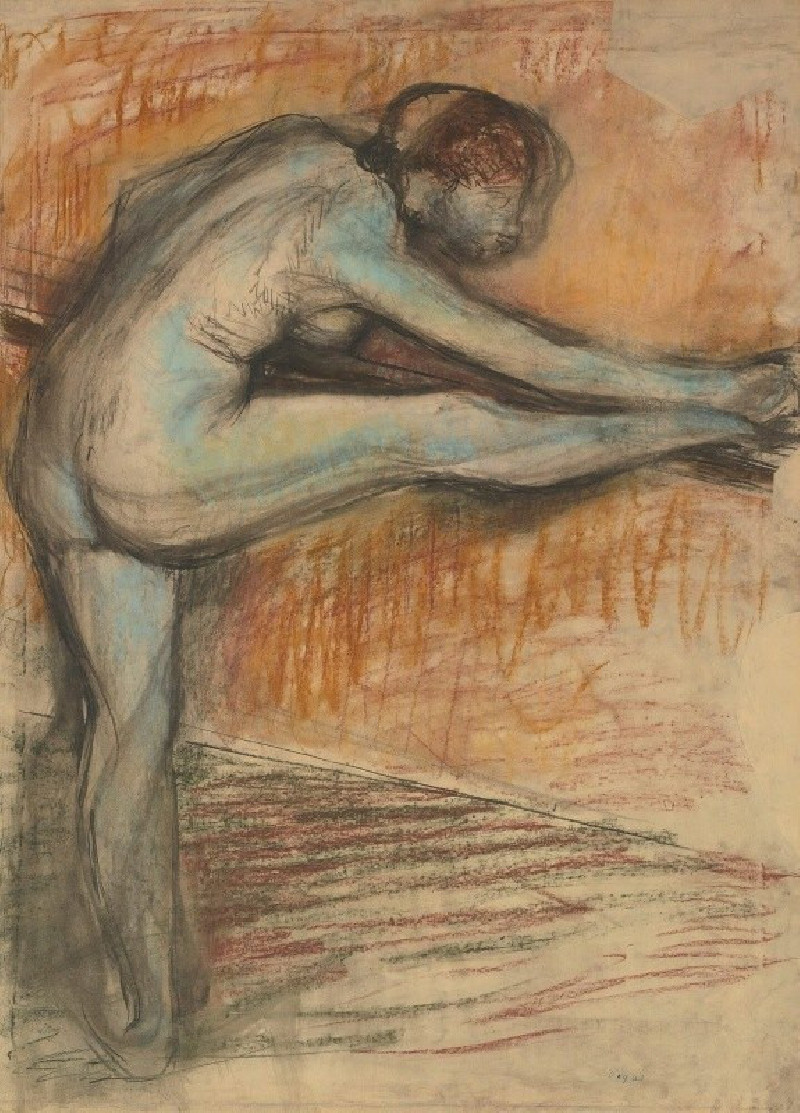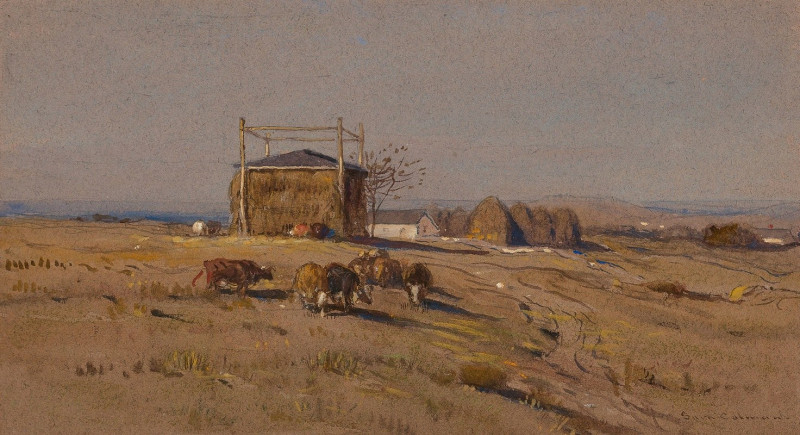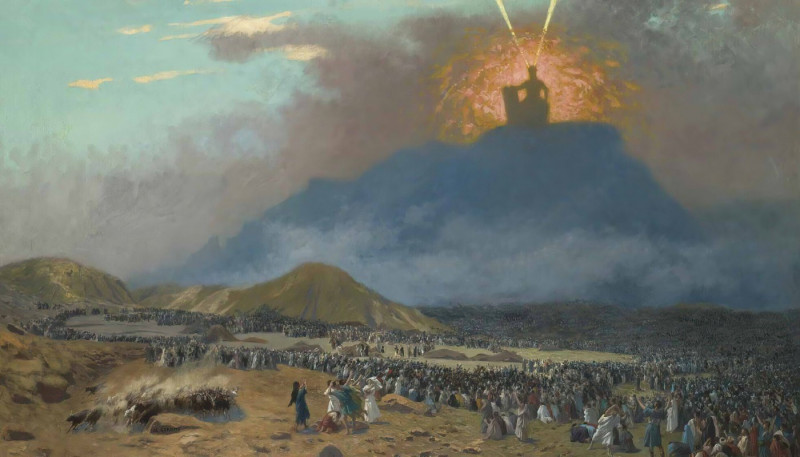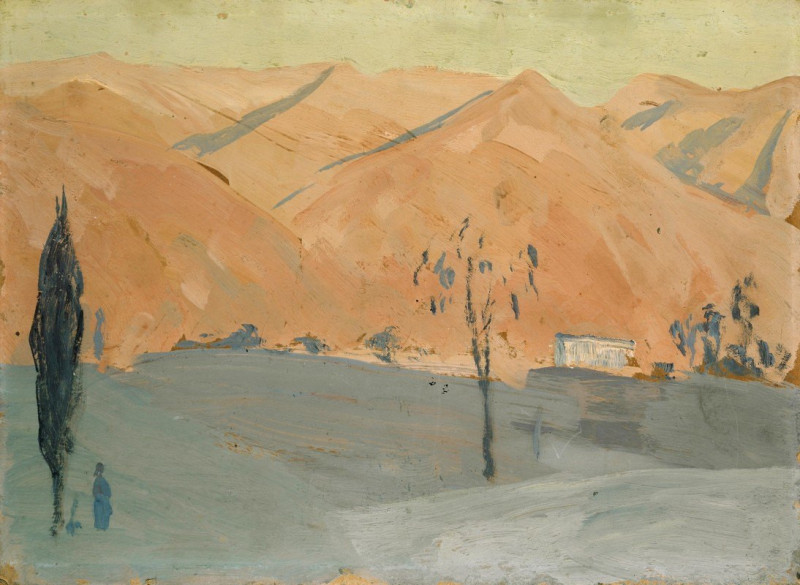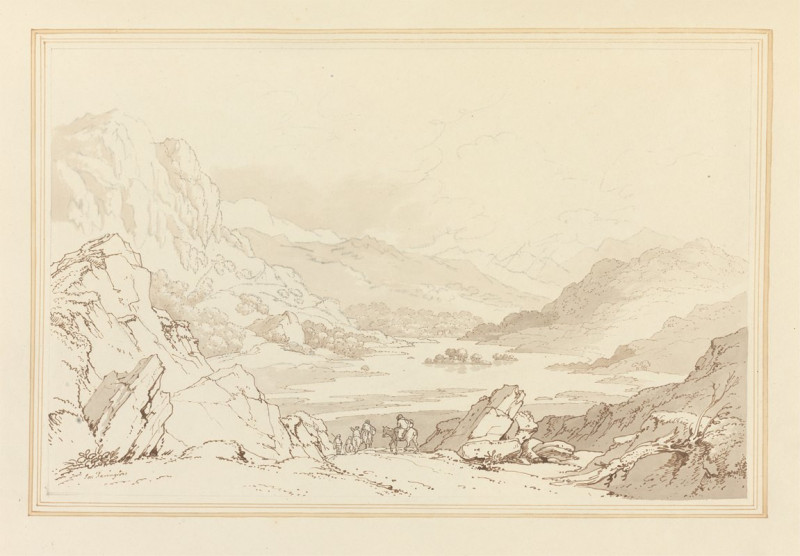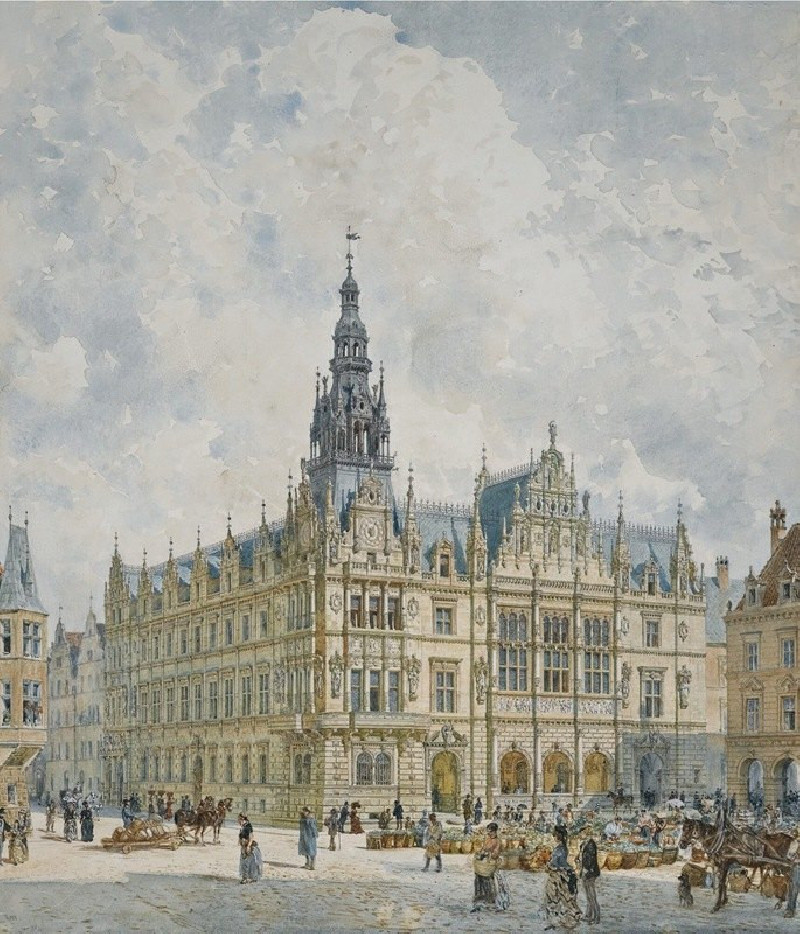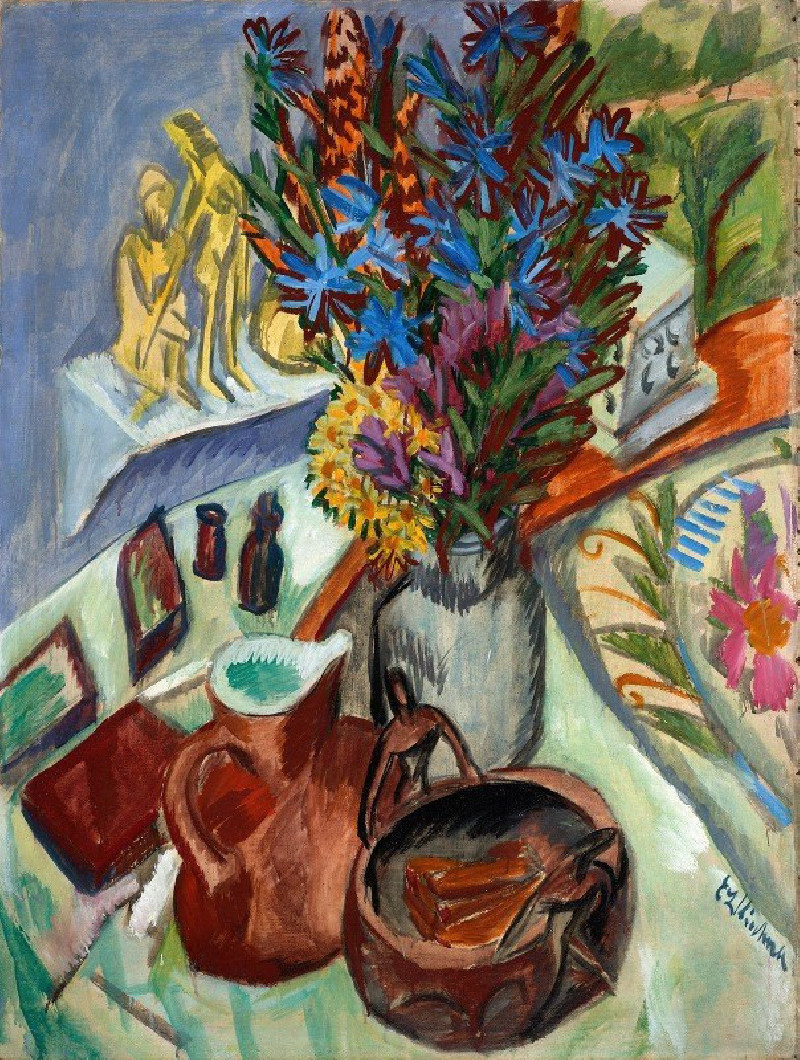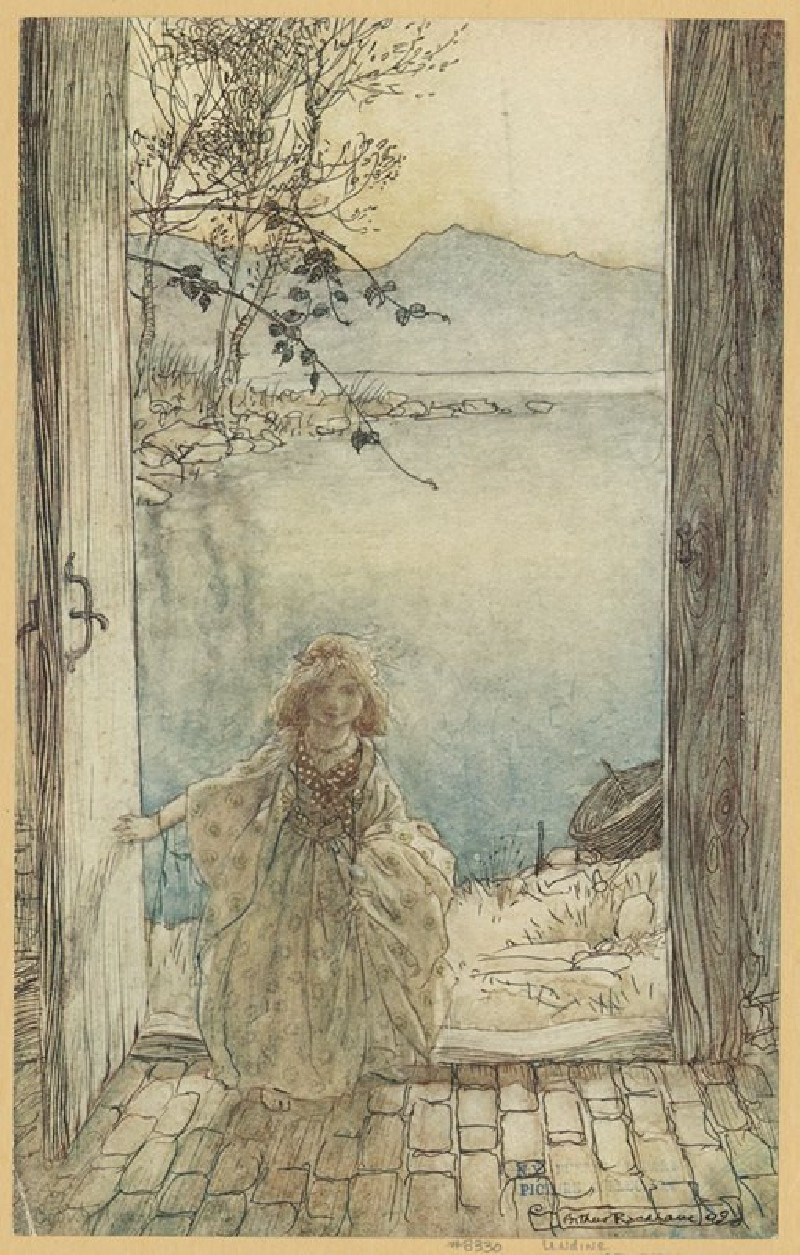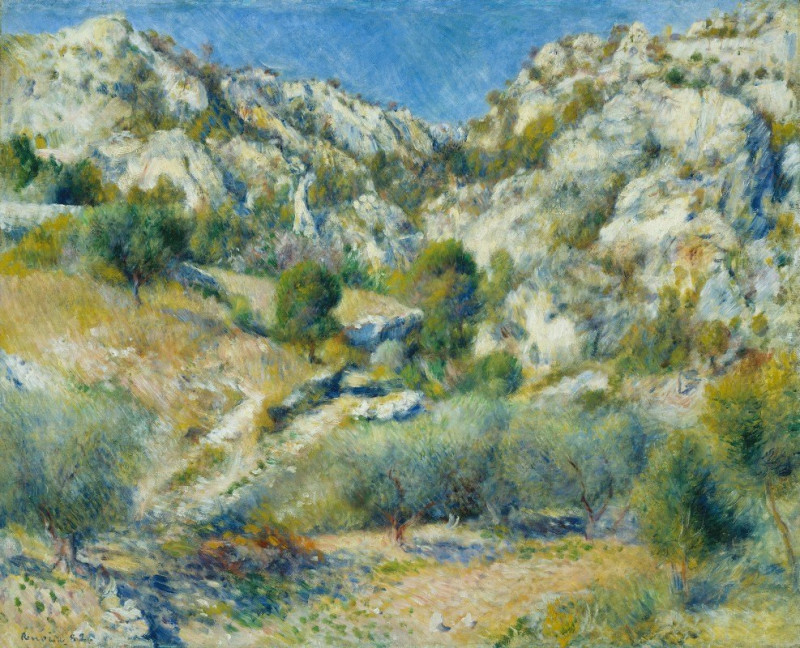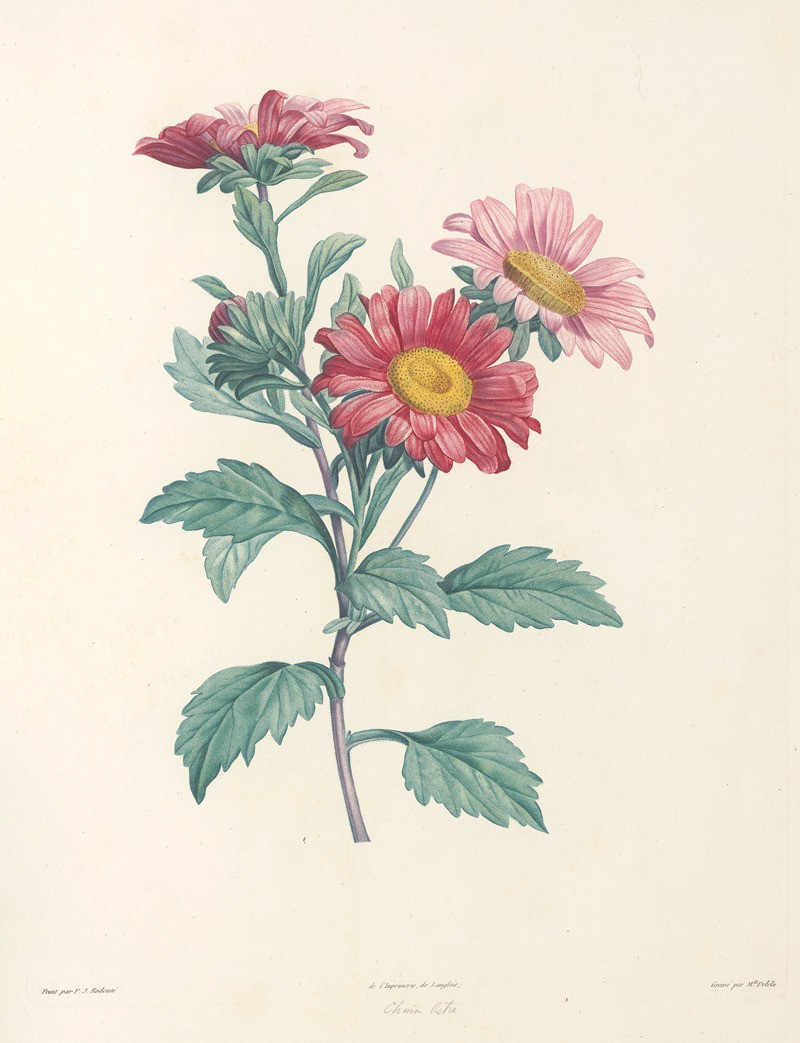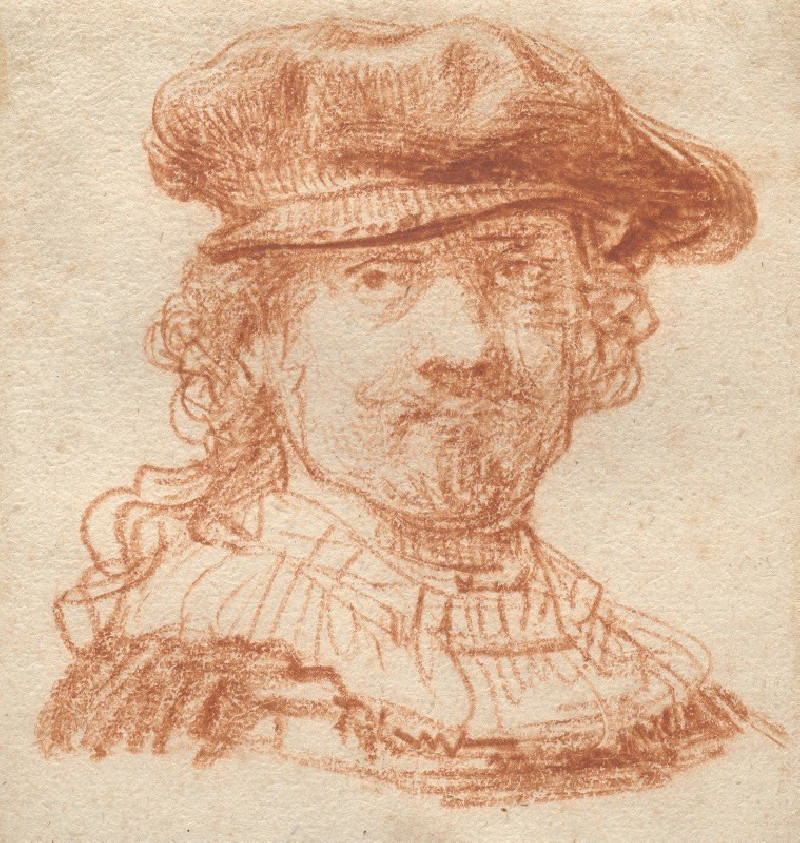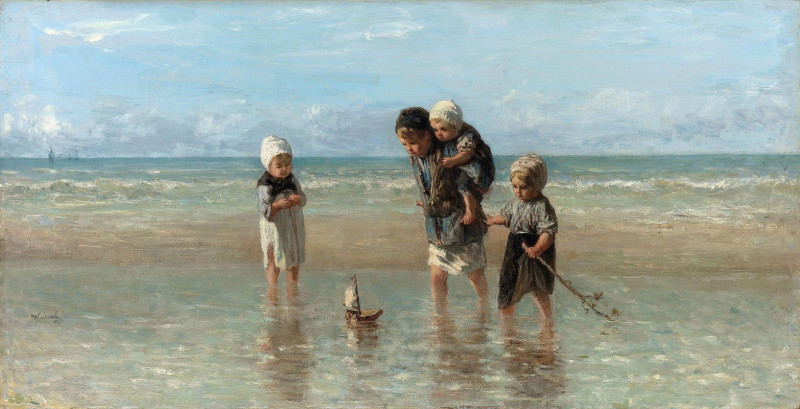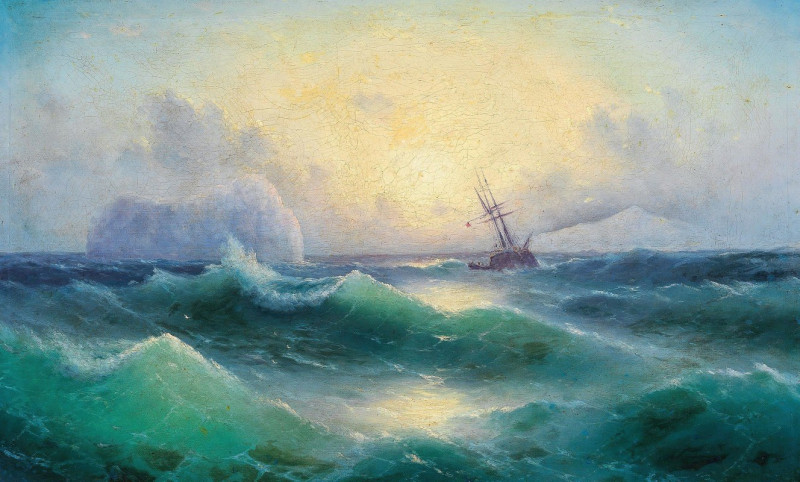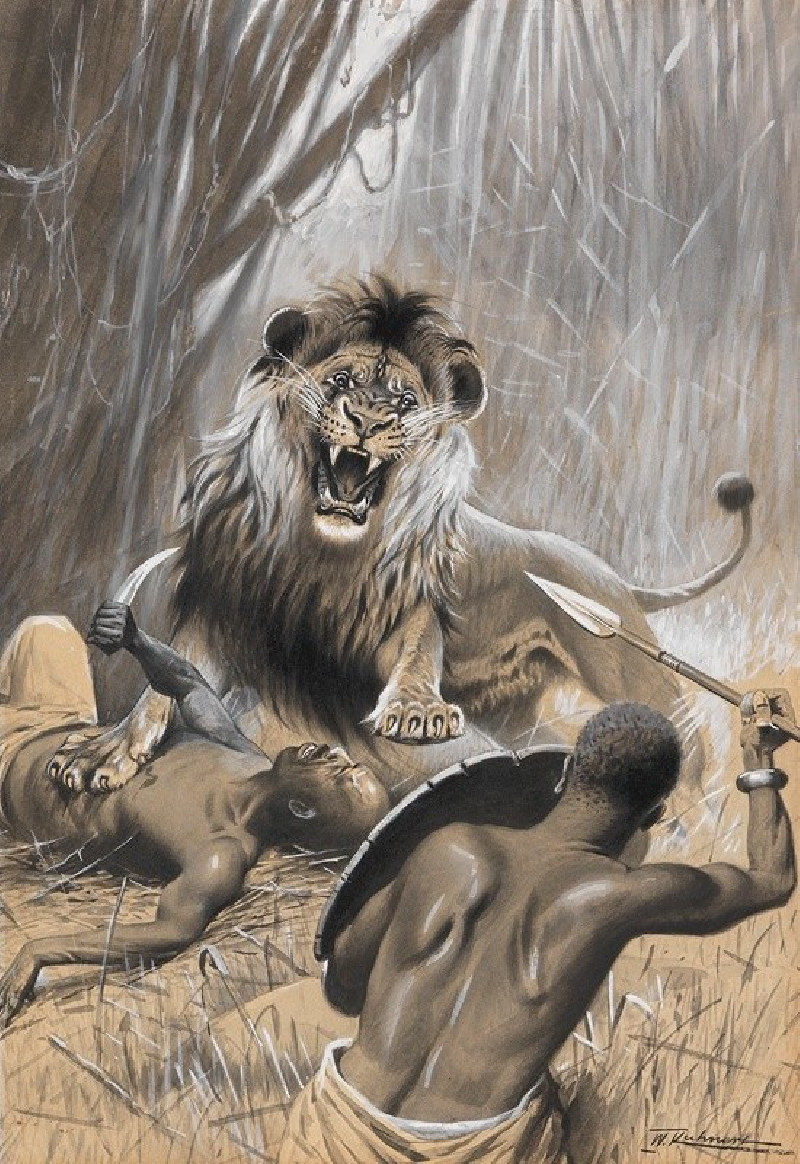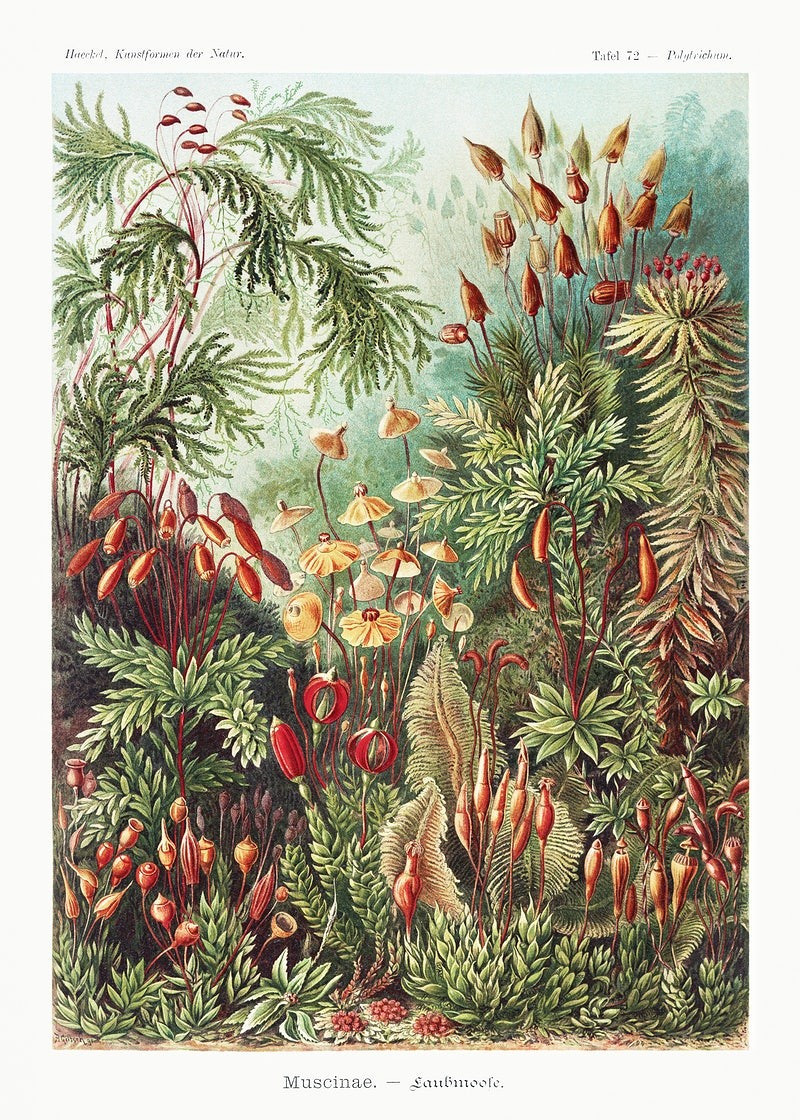Two Ways (1932)
Technique: Giclée quality print
Recommended by our customers
More about this artwork
"Two Ways" (1932) by Paul Klee is a captivating work that epitomizes the artist's exploration into the symbolic use of color and geometric abstraction. This painting features a somber palette dominated by shades of gray, creating an understated yet profound visual experience. At first glance, the composition seems composed of simple rectangles and squares, but a closer observation reveals a subtle complexity.Central to the artwork is a series of nested squares that gradually transition from dark outer layers to a striking white center, perhaps suggesting a journey into inner clarity or enlightenment. This central motif is intersected by a horizontal line that bears two arrows pointing in opposite directions. These opposing arrows might symbolize the notion of choice, decision-making, or the divergent paths one can take in life.Despite its minimalistic approach, "Two Ways" resonates with depth and ambiguity, characteristic of Klee's ability to convey profound concepts through simple forms.
Delivery
Returns
Paul Klee was a Swiss-born German artist. His highly individual style was influenced by movements in art that included expressionism, cubism, and surrealism. Klee was a natural draftsman who experimented with and eventually deeply explored color theory, writing about it extensively; his lectures Writings on Form and Design Theory (Schriften zur Form und Gestaltungslehre), published in English as the Paul Klee Notebooks, are held to be as important for modern art as Leonardo da Vinci's A Treatise on Painting for the Renaissance.































